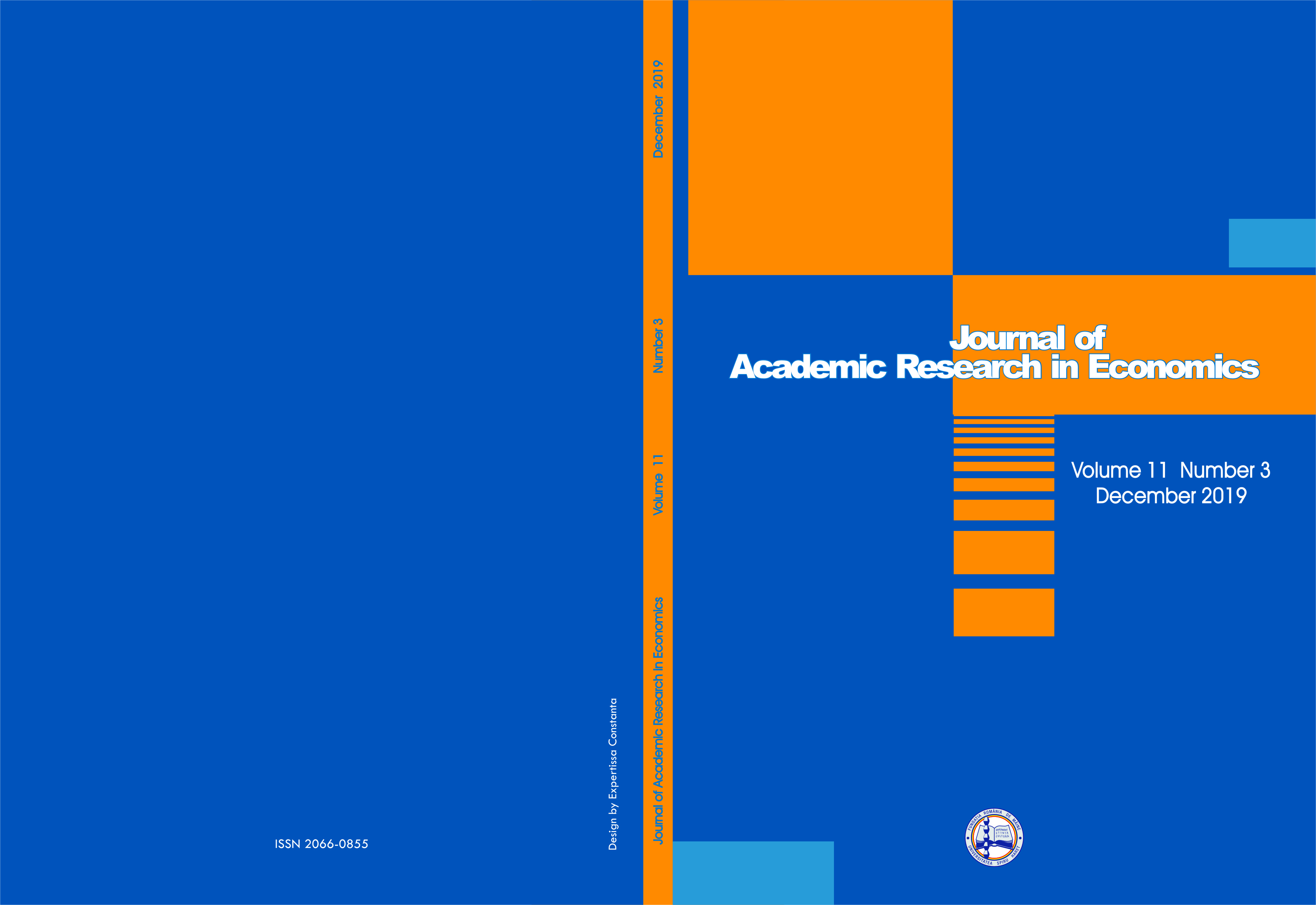A COMPARATIVE ANALYSIS OF THE RELATIONSHIP BETWEEN FEMALE LABOUR FORCE PARTICIPATION AND ECONOMIC GROWTH: A CASE STUDY OF NIGERIA AND GHANA
A COMPARATIVE ANALYSIS OF THE RELATIONSHIP BETWEEN FEMALE LABOUR FORCE PARTICIPATION AND ECONOMIC GROWTH: A CASE STUDY OF NIGERIA AND GHANA
Author(s): Bucola Folasade Popoola, Ayoola Joshua OlarewajuSubject(s): National Economy
Published by: Universitatea SPIRU HARET - Faculty of Accounting and Financial Management
Keywords: female labour participation; economic growth; education; fertility and literacy rate;
Summary/Abstract: The study compares the relationship between female labour force participation and economic growth in both Nigeria and Ghana from 1990 to 2012 using ordinary least square regression and Granger causality techniques. In Ghana, fertility rate was positively related to the female labour participation, thus a positive change in the fertility rate will induce positive growth and rise in the female labour supply; Primary school enrolment and secondary school enrolment show positive relationship with female labour participation, though not statistically significant. In Nigeria, fertility rate had positive relationship with the female labour force participation though not statistically significant. Also, the primary school enrolment was negatively related to the female labour force participation. The result of ganger causality shows that there is a unidirectional causality running from labour force participation to economic growth in both countries. Both countries did not confirm the existence of U-shaped hypothesis between female labour participation and economic growth.
Journal: Journal of Academic Research in Economics (JARE)
- Issue Year: 11/2019
- Issue No: 3
- Page Range: 687-706
- Page Count: 20
- Language: English
- Content File-PDF

